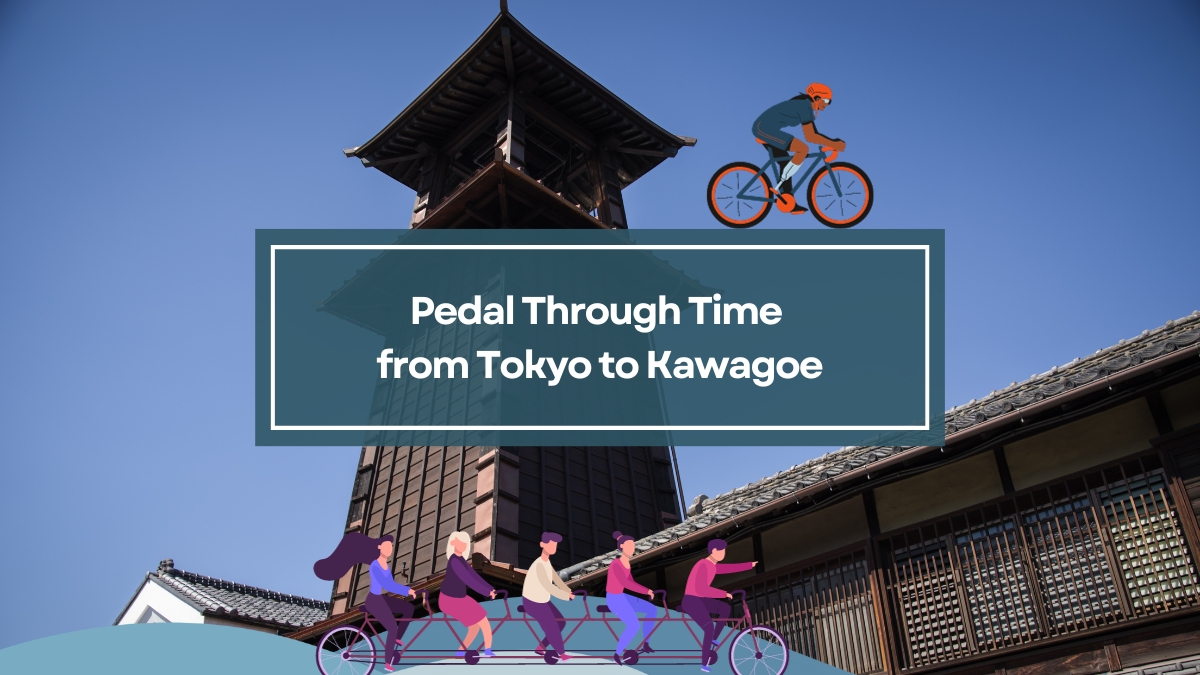In Saitama Prefecture, there is a nice place called Kawagoe, nicknamed “Little Edo.” This little city is like a snapshot of Japan’s cultural history.
Kawagoe’s streets are straight out of the Edo period, with these old wooden warehouses called Kurazukuri. Nowadays, these vintage spots are home to shops, restaurants, and teahouses. Walking in Kawagoe feels like stepping back in time, with its mix of old-style buildings and bustling shops creating a really nice vibe.
Distance from Central Tokyo to Kawagoe by bike: ~44 km / ~27 miles (~3h00)
Kawagoe makes for a fantastic day trip on a bike from central Tokyo, giving you a little taste of the past. Now, let’s check out the spots that are worth a visit!
Kawagoe Castle Ruins: Honmaru Goten(川越城)
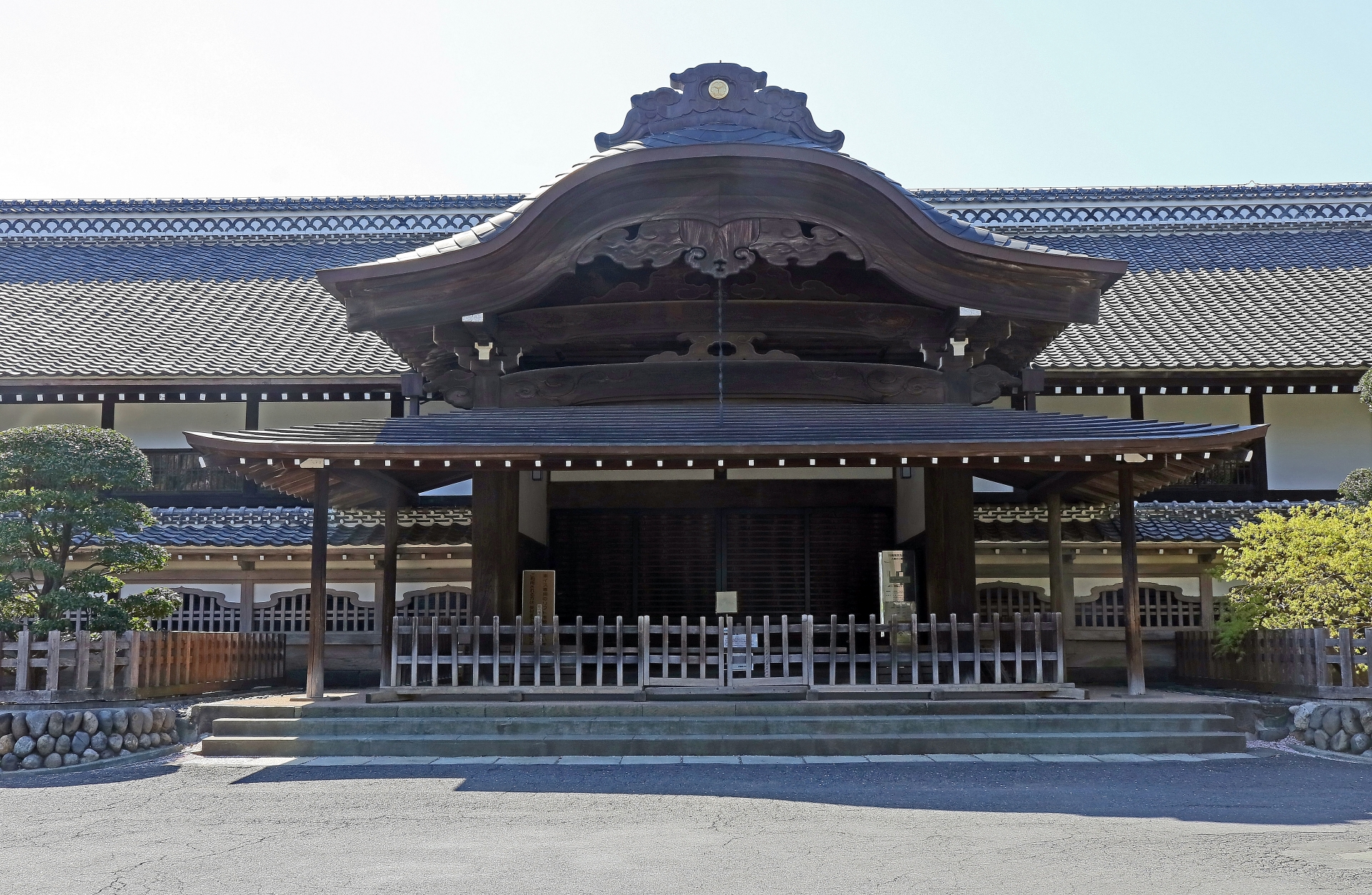
In the midst of modern Kawagoe, the Honmaru Goten stands as a lone reminder of the city’s feudal past, having escaped the demolition that befell its counterparts during Japan’s Meiji Restoration. Today, the Honmaru Goten serves as a museum, giving you a peek into the lavish lifestyle of Japan’s Edo-period elite. Even as the surrounding castle grounds have transformed into modern dwellings and sports facilities, Honmaru Goten stands strong, echoing Kawagoe’s enduring heritage.
https://en.japantravel.com/saitama/kawagoe-castle-honmaru-goten/62505
Kurazukuri no Machinami: Warehouse District(小江戸川越一番街商店街 蔵造りの町並み)

Walking through Kawagoe’s Kurazukuri no Machinami feels like a journey back in time to the lively Edo period (1603–1868). The street is lined with traditional Kurazukuri warehouses. These clay-walled buildings were used to store goods.
Nowadays, they’ve turned into a lively mix of shops, restaurants, and local businesses, keeping the district’s historic charm alive and bringing new energy to its ancient streets.
https://hellotokyotours.com/blog/tokyo-guide-kurazukuri-street
Toki no Kane bell tower(時の鐘)
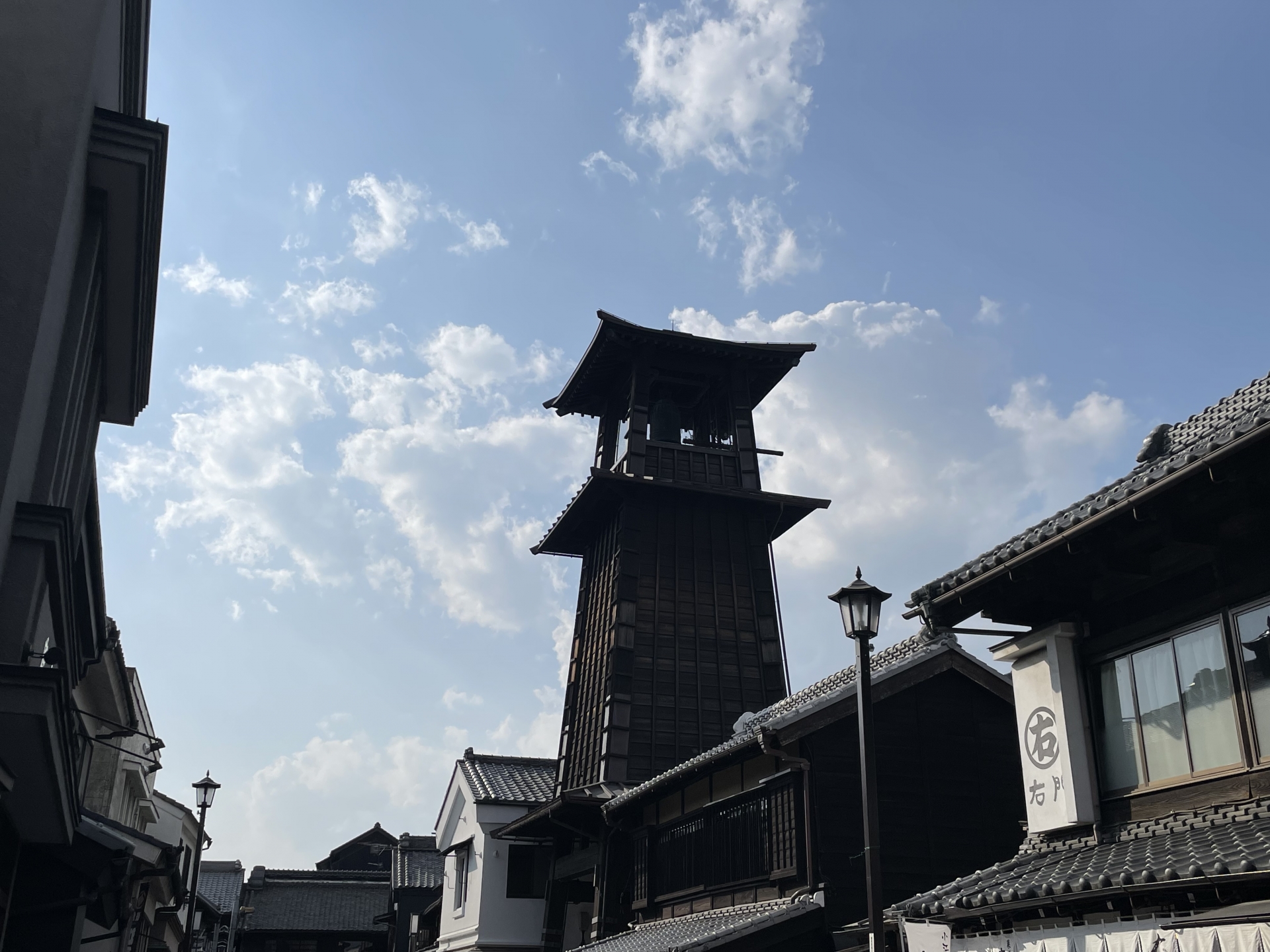
The Toki no Kane bell tower is a symbol of Kawagoe’s long history, keeping time for more than 400 years. Its melodic chime rings through the streets four times a day, ingraining itself in the city’s character. Just like the tower, the people of Kawagoe have proudly maintained their traditions despite the passage of time.
https://koedo.or.jp/en/spot_001/
Hikawa Shrine(川越氷川神社)
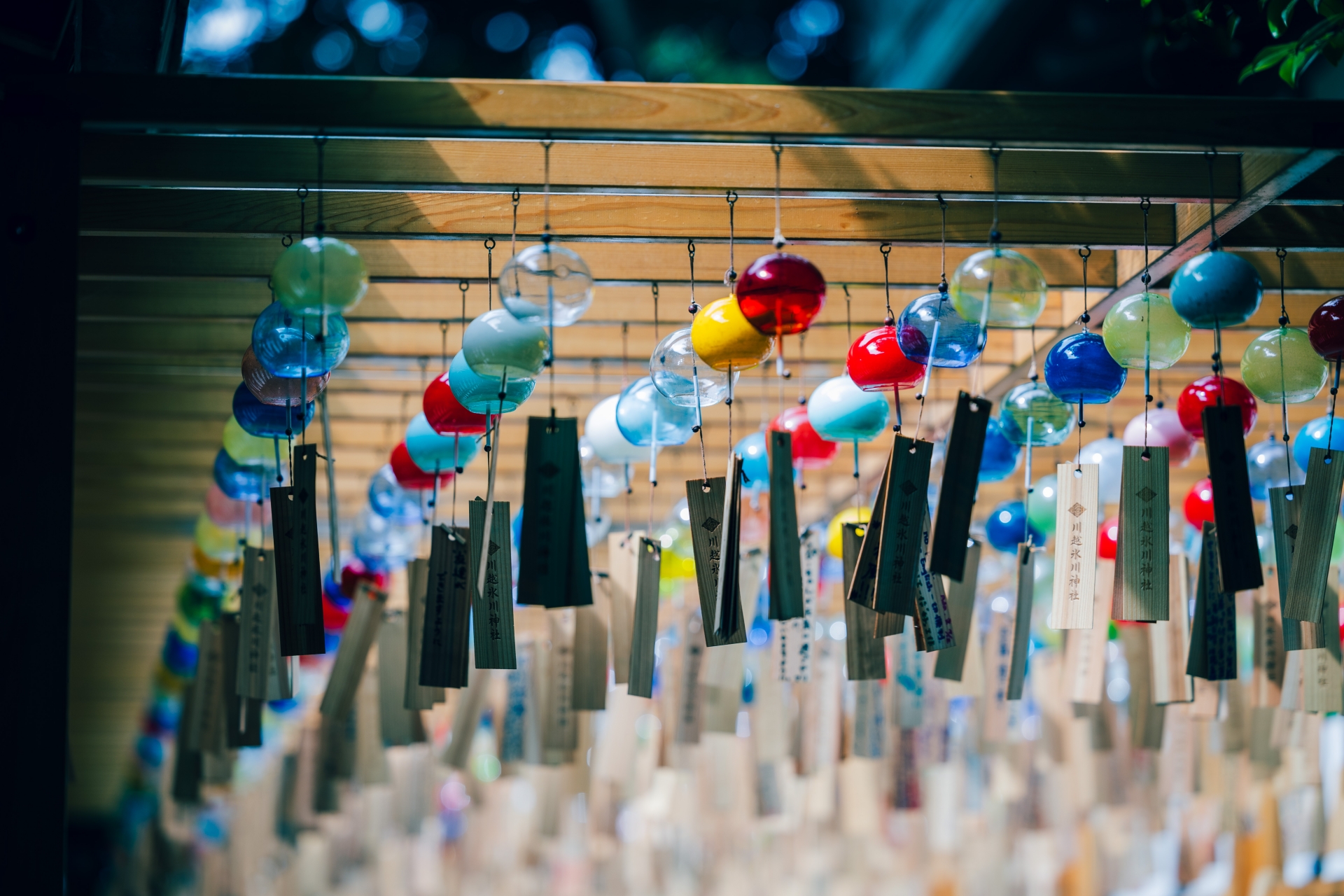
In the center of Kawagoe, you’ll find the Hikawa Shrine, a sacred place with roots going back about 1,500 years. Kawagoe has considered it the protector since 1457, providing spiritual comfort and guidance. The shrine’s blessings cover various aspects of life, including good health, happy relationships, successful businesses, safe childbirth, and the gift of children.
https://livejapan.com/en/in-tokyo/in-pref-saitama/in-saitama_suburbs/spot-lj0002230/
Festival Museum(川越まつり会館)
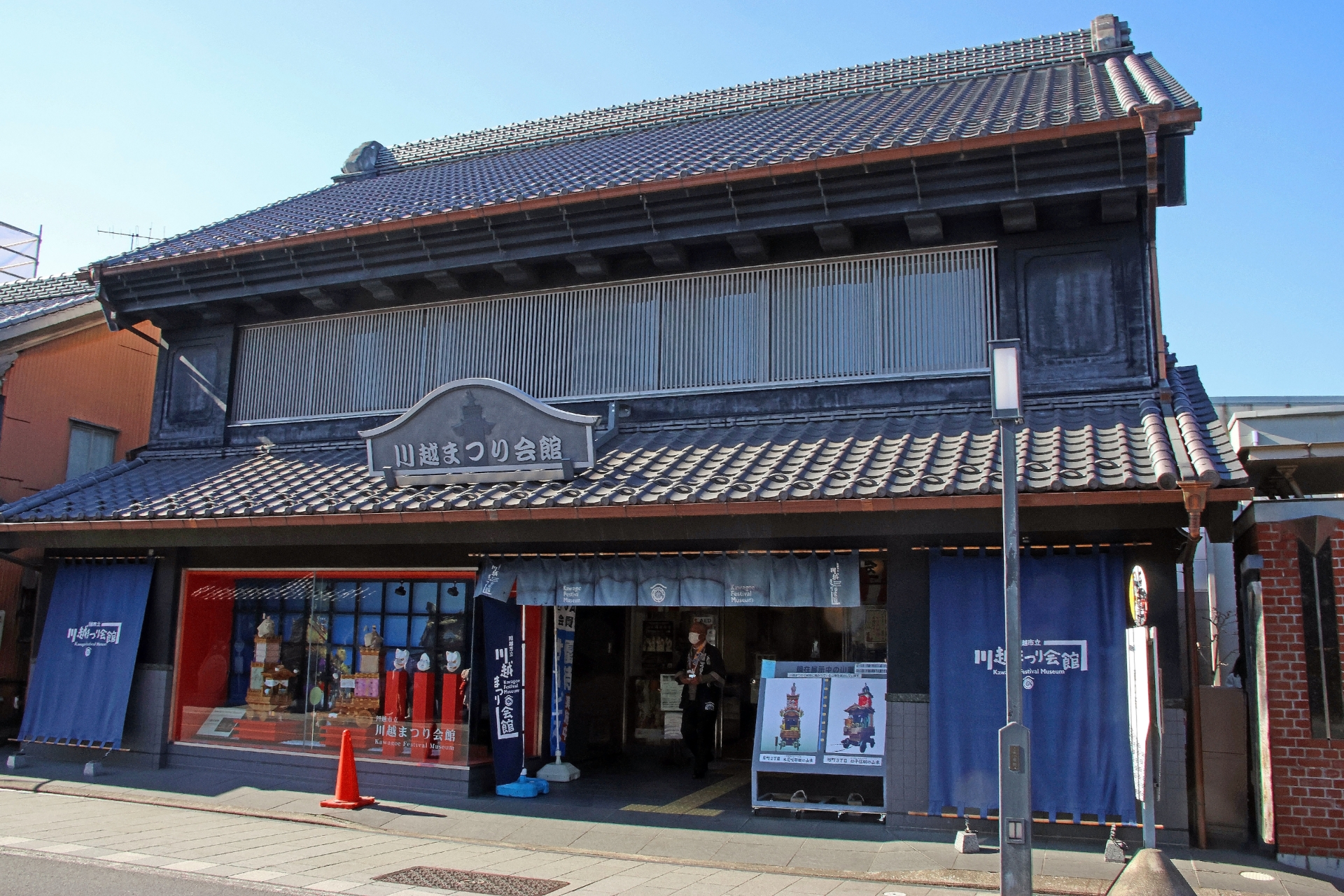
Dive into the lively Kawagoe Festival spirit anytime at the Kawagoe Festival Museum. Witness two real festival floats, beautifully carved and bursting with colors, capturing the essence of the celebrations. An engaging six-minute video on a large screen rekindles the festival’s dynamic vibe, featuring the beat of taiko drums, the coordinated efforts of float pullers, and the enthusiastic crowds. Beyond the festival days, the museum preserves the festive energy, offering a chance to explore the cultural richness of this beloved tradition.
https://kawagoematsuri.jp/English/museum.html
Kitain Temple(喜多院)

Kitain Temple is a peaceful place with a history stretching over 1200 years. Established in 830 by Emperor Junna, it became a hub for Tendai Buddhist teachings, shaping the cultural scene of the Kanto region.
The temple boasts impressive structures like the Main Gate, Bell Tower, and Kyakuden, all of which are recognized as National Important Cultural Properties. Among its highlights are the 500 stone statues of Rakan, each with unique expressions, showcasing Edo Castle’s remnants.
Senba Toshogu Shrine, honoring Shogun Ieyasu Tokugawa, and the graves of five feudal lords of the Kawagoe domain add to Kitain’s significance. The Shokunin Tsukushie paintings illustrate Edo period craftsmanship.
The annual Daruma Festival celebrates the Daruma doll, symbolizing persistence. Kitain’s serene gardens, filled with seasonal blooms, offer a quiet escape from the city’s hustle.
